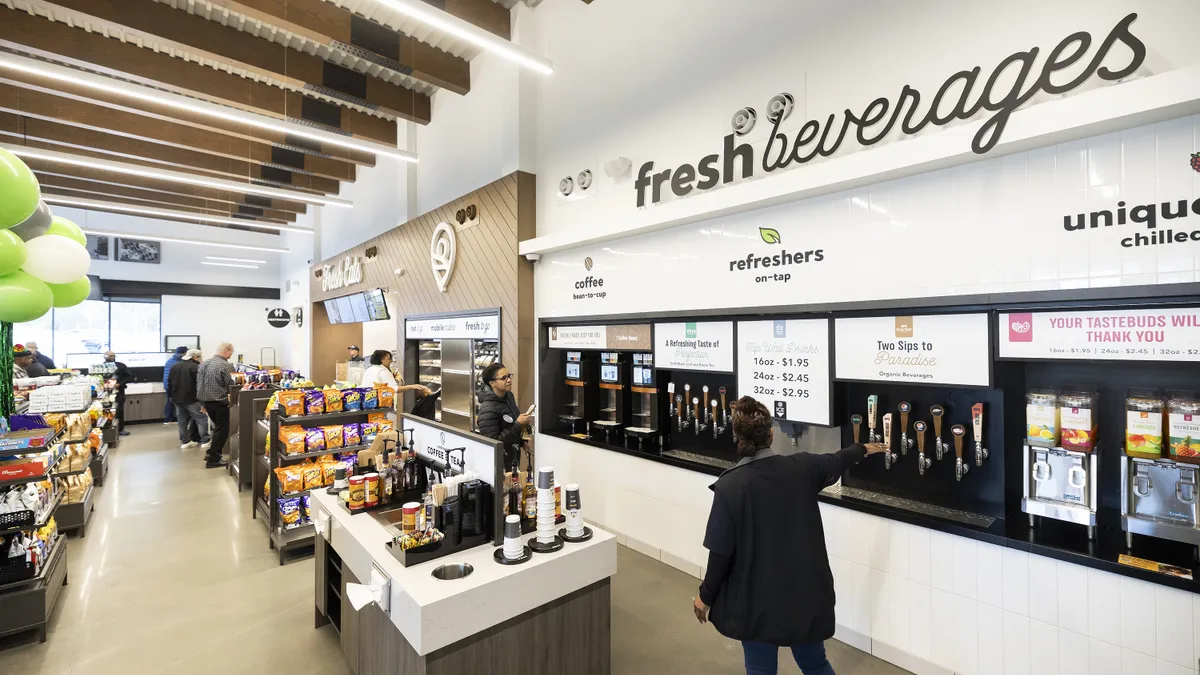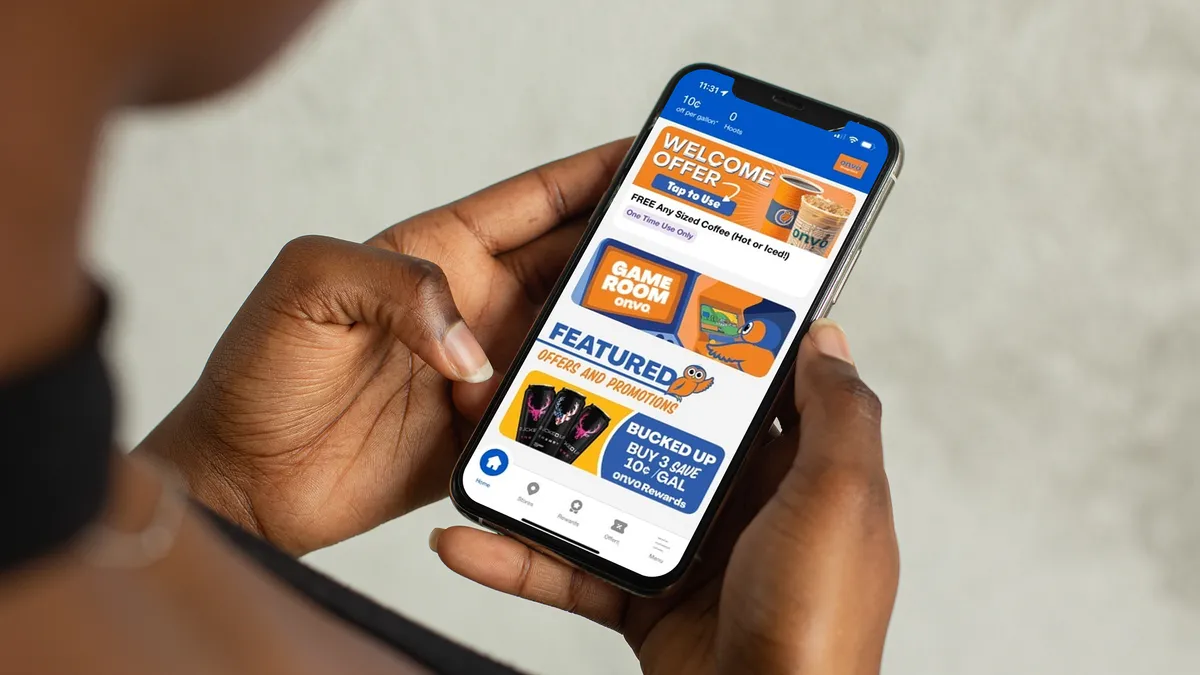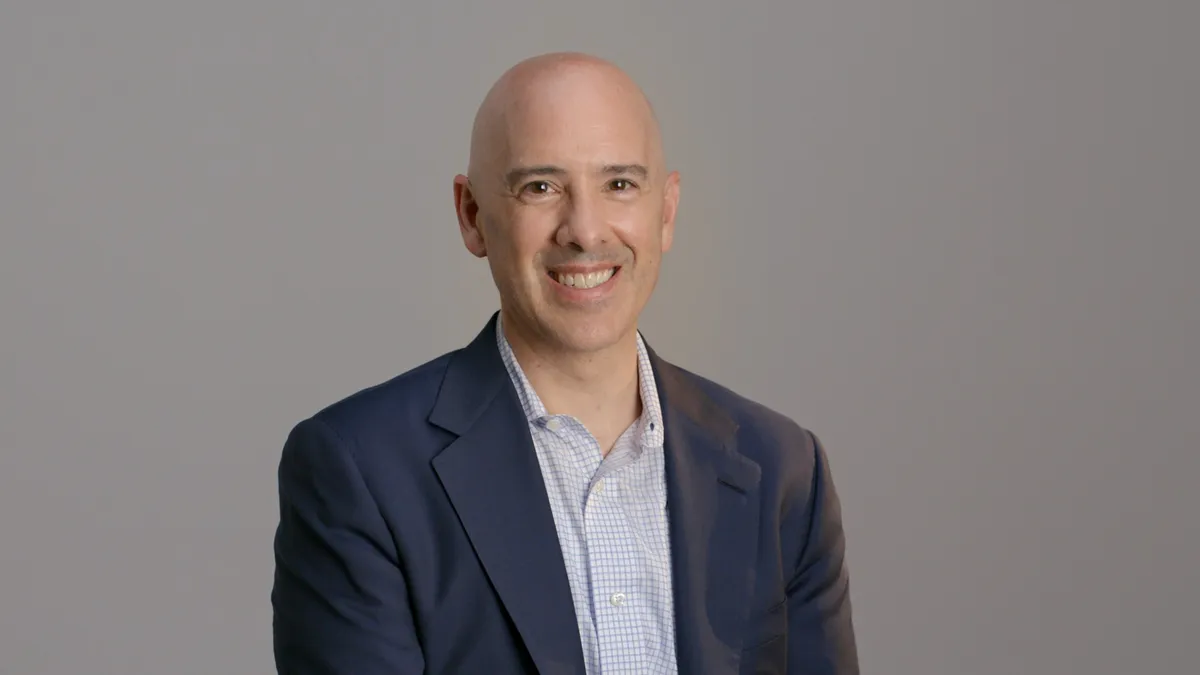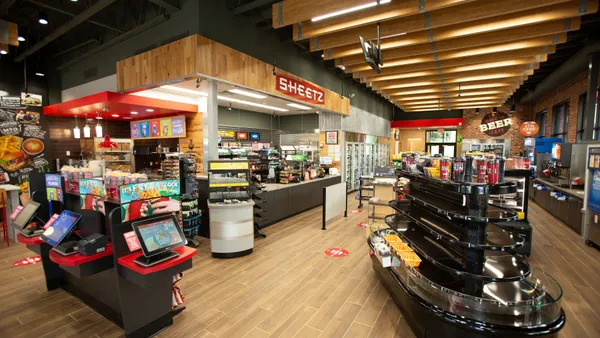As inflation and other factors continue to impact consumer spending patterns, beverage and food companies are strategizing on pack size offerings to accommodate shifting consumer trends.
Brands are looking to fill in gaps with smaller, larger or multi-packs, CPG executives have said during recent earnings calls.
“I absolutely think there's a tremendous opportunity in the U.S. marketplace to leverage greater pack diversity. We're not capturing all the opportunities that are there,” said Coca-Cola CEO James Quincey on the company’s recent earnings call.
Inflation and heightened prices continue to stress consumers. Disappointing sales reports indicate consumer demand is weakening, according to a Bloomberg Intelligence analysis of S&P 500 companies’ recent earnings. At the same time, even in the face of those pressures, many consumers are still spending more.
Those pressures can drive consumers in either direction. Some are “trading down” — both in label and pack size — while those who can afford to buy larger packs may opt for multi-packs with lower per-unit prices. MolsonCoors CEO Gavin Hattersley said consumers are “seeking more value through purchasing decisions,” whether into smaller pack sizes like singles or six-packs, or large pack sizes like 30-packs.
“Consumers remain responsive to high-quality innovation and activation, but price and package architecture is another increasingly important dimension, including smaller pack sizes that hit key price points and multi-packs that offer value and convenience,” said Keurig Dr Pepper CEO Robert Gamgort. He added that as the company thinks about its manufacturing base going forward, “flexibility in formats and pack sizes is a critical capability.”
Today’s shifts also date back to COVID-19 pandemic disruptions, explained Sally Lyons Wyatt, executive vice president and practice leader for client insights at retail market research firm Circana.
“We're in extraordinary times. And part of what happened is assortment reduced when we were in COVID” amid supply chain difficulties, she said. Companies were more concerned with ensuring top-selling products were on the shelf; some smaller sizes were also lost during that period, she said.

While companies aren’t necessarily trying to return to exactly how things were before the pandemic, the portfolio of pack sizes “needs to be to a place where it's optimal for consumers to find what they want and where they want it,” Lyons Wyatt said. Companies need to know what their customers are looking for and ensure the portfolio has sizes beneficial to target consumers, she noted. “What's the right package type and prices that we need to help the consumer with this difficult journey that we are all on?”
Beverage can producer Crown Holdings has observed a distinct change in consumer behavior, subsequently driving demand for certain packaging sizes.
"Given the focus today on healthier beverage options, we are seeing a significant increase for specific categories in the 7.5oz can size, which offers consumers a smaller serving size and ‘less guilt,’” said Ron Skotleski, vice president of sales and marketing for Crown’s North America beverage division, in an emailed statement. Sleek 12-ounce cans for energy, sparkling functional drinks or ready-to-drink cocktails are also a fast-growing package.
“In terms of pack size, we are seeing growth across the board in larger formats such as 24-packs and 30-packs (or higher), as consumers are shifting purchasing into club stores and buying items in bulk. We are also supporting brands with their ongoing growth in multi-packs, through which consumers can enjoy a variety of flavors or try out limited-edition or seasonal flavors along with their favorites,” Skotleski added.
In the case of Coca-Cola, “We have more that we can do in the marketplace in the U.S., whether it be on the nature and the range of the can sizes and shapes or the PET bottles. So I think there's plenty of runway in the U.S. to continue to leverage packaging diversity to satisfy consumer needs,” Quincey said.
General Mills CEO Jeff Harmening noted that the company is trying to fill in the gaps in its pet food business.
“In our dry pet food line, we didn't have a medium size. We had a lot of large sizes, but not some medium sizes. So, we're introducing those,” Harmening said. In treats, the company is introducing some sizes that “hit some more entry-level price points. That doesn't mean lower margin for us. It just means lower price points so it's good for pet parents.” The company is also looking at variety packs for wet food, Harmening said.
Responding to an analyst observation of consumers moving to smaller packs, PepsiCo CEO Ramon Laguarta said that “in a way,” Pepsi is facilitating the shift through its pricing and mix strategy.
Smaller packs are “an incremental driver of growth” and allow consumers to treat themselves, KDP’s Gamgort said.
Unilever CFO Graeme Pitkethly said that while North American consumer sentiment seems strong overall, “we do see signs of more caution with the trend towards larger pack sizes” where consumers seek greater value. Traditional supermarkets are losing share to large warehouse clubs, and Mondelēz International CEO Dirk Van de Put said the snack and candy maker sees more purchases of multipacks in e-commerce and club store settings.
High prices aren’t necessarily expected to abate in 2024. For example, Mondelēz announced that due to the rising cost of key ingredients like cocoa and sugar, it will raise prices on certain products.
Next year, Circana expects brands will run promotions to grow volumes as consumers seek some measure of relief from heightened prices. It remains to be seen which sizes get promoted — for instance, whether brands promote larger packs while maintaining the entry price point for small sizes, Lyons Wyatt said. Packaging manufacturers, which count some of these food and beverage companies as major customers, are hoping for greater demand and volume recovery in 2024.





















